Big Data Research
Our lab's Big Data research is in close collaboration with many data scientists and computer scientists in order to understand how big data computational resources and computer vision advances can help problems in imaging sciences. The main research interests are: 1) development of predictive models using multi-dimensional, multi-modal imaging data for disease prognosis and progression, and therapy response, 2) development of direct corrective techniques for PET and SPECT reconstructions, and 3) development of a scalable, fast, and automated pipeline of image analysis incorporating machine learning techniques.
Many major efforts in this area are also being led by a physician-scientist, Jae Ho Sohn, MD, MS with students in computer science related disciplines. More details of the current and past projects being conducted by this group of investigators are found at: BDRad@GitHub.
Some Highlights of Our Research Projects
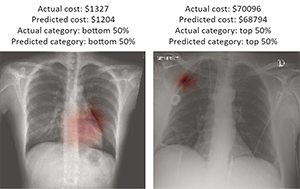
Mining multi-dimensional information in plain chest x-ray scans for future healthcare spending: We have developed a deep learning model that could predict future healthcare spending from plain chest radiographs. Selected publication(s): Sohn JH, et al. Prediction of future healthcare expenses of patients from chest radiographs using deep learning: a pilot study. Scientific Reports. 2022;12:8344.
|
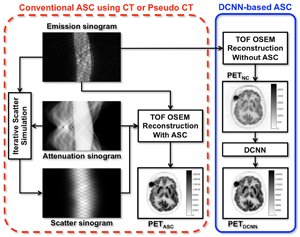
Direct image-based joint attenuation and scatter correction in PET and SPECT: We are developing a novel method of correcting attenuation and scatter of reconstructed PET and SPECT images without other imaging data such as CT or MRI. Selected publication(s): Yang J, et al. Joint correction of attenuation and scatter in image space using deep convolutional neural networks for dedicated brain 18F-FDG PET. Physics in Medicine and Biology. 2019;64:075019. Yang J, et al. Direct attenuation correction using deep learning for cardiac SPECT: A feasibility study. Journal of Nuclear Medicine. 2021;62:1645-1652.
|

Radiomics and machine learning: We are developing machine learning-based analytics techniques using radiomic features from PET and MRI of cancer patients for studying disease prognosis and progression. Selected publication(s): Huang SY, et al. Exploration of multi-modal PET and MRI radiomic features for decoding breast cancer phenotypes and prognosis. npj Breast Cancer. 2018;4:24.
|
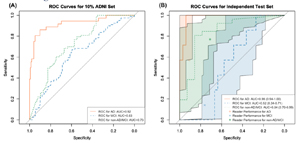
Deep learning of brain PET in Alzheimer's Disease prediction: Based on a large number of datasets available through ADNI (Alzheimer's Disease Neuroimaging Initiative), a deep learning model was developed, and was validated against local data for predicting final diagnoses of Alzheimer's Disease using brain FDG-PET data. Funding support: tba |
Past Research Highlights
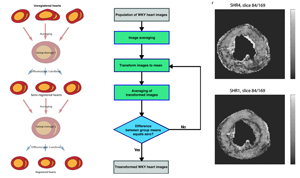
Image registration: Implementation of registration techniques for image analysis. The figure shown is to show how to create common templates of diffusion tensor MR images of hearts of spontaneoulsy hypertensive rats and Wistar Kyoto rats in subsequent voxel-based analysis. Selected publication(s): Tran N, et al. Quantitative analysis of hypertrophic myocardium using diffusion tensor magnetic resonance imaging. J Med Imaging. 2016;3:046001. |
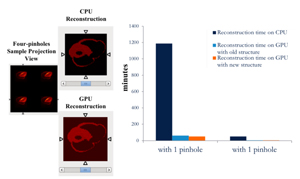
High performance computing (HPC) in iterative image reconstruction: Implementation of modern HPC techniques such as GPU acceleration in ray tracing and Spark/GraphX for heavily parallelized computing on supercomputer nodes in iterative image reconstruction processes. Selected publication(s): Alhassen F, et al. Ultrafast multipinhole SPECT iterative reconstruction using high performance GPU and CUDA. Conference Record of 2011 IEEE nuclear science symposium. 2011:2558-2559. Pan H, et al. Sparse domain approaches in dynamic SPECT imaging with high-performance computing. Am J Nucl Med Mol Imaging. 2017;7:283-294. Lee JH, et al. Handling big data in medical imaging: Iterative reconstruction with large-scale automated parallel computation. Conference Record of 2014 IEEE nuclear science symposium. 2014:M05-01. |
